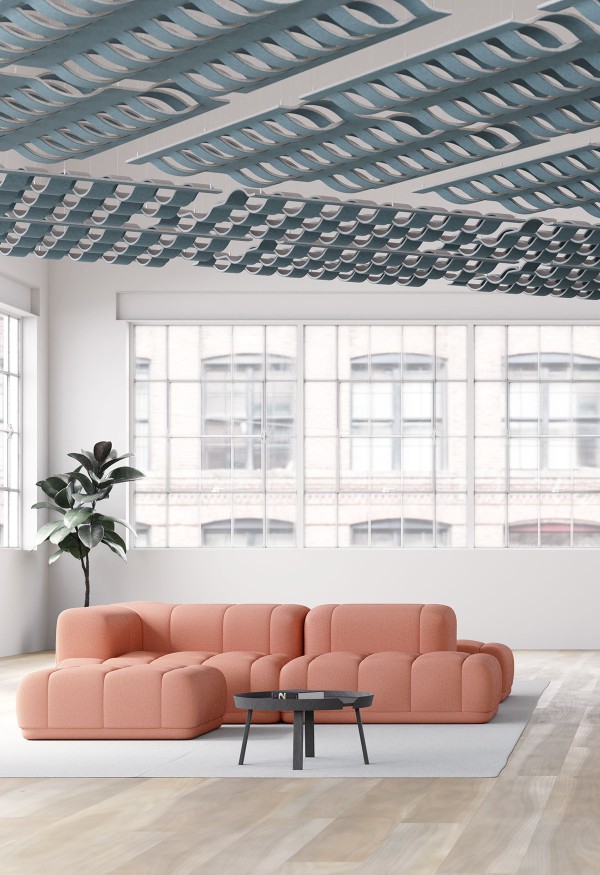
Behind the Design
Current and Tide
In Spring 2022, Swedish designer Mia Cullin introduced Tuck and Turn to FilzFelt’s collection of acoustic wall systems. The pair exemplify Mia’s whimsical aesthetic and approach to design, highlighting the material’s inherent structural qualities by folding wide strips this way and that. “I often work hands-on when starting a new project. Folding is an interesting way to create shape and form. You can create volume with a small amount of material.”
This year, Mia’s back with another dynamic duo tackling sound absorption in two new applications. Inspired by the movements of the ocean, Current and Tide are acoustic panels that bring the outdoors in. Whether the panels are dividing space, lowering the ceiling, or bringing a bit of visual interest overhead, the new pair again feature Mia’s playful aesthetic with rippling curves that mimic the gentle waves of the water that surround her home in Stockholm.
Mia’s work always comes from a deep passion for traditional craftsmanship and often combines simple shapes with hand-crafted details. For Tuck and Turn, this was achieved by folding felt, allowing the material’s rigidity and thickness to create dimension. For Current and Tide, Mia turned to heat-forming technology.
We caught up with Mia to learn more about the whimsical pair, exploring new technology, and what she’s been up to this past year.
Tell us a bit about Current and Tide! Where did the inspiration for this design come from?
As the name implies, tides, waves, and movements of the ocean are the inspiration behind this design. My home is near the water, so the ocean is something I see every day. Stockholm is actually situated on islands with boats that run between many of them. Really, I have always lived near the water and love to be in/near it, where I can go swimming and kayaking. When going on vacation with my family, we are often travelling along the coast. Either the Baltic Sea, Atlantic or the Mediterranean.
Were there any challenges you faced with this design?
This design is intended to hang both vertically and horizontally, so the stability and strength of the panels are crucial. Because there are cuts straight through the material, I faced challenges in achieving a good result concerning stability. This directly influenced both the total size of the panels and the length of the cuts/slits.
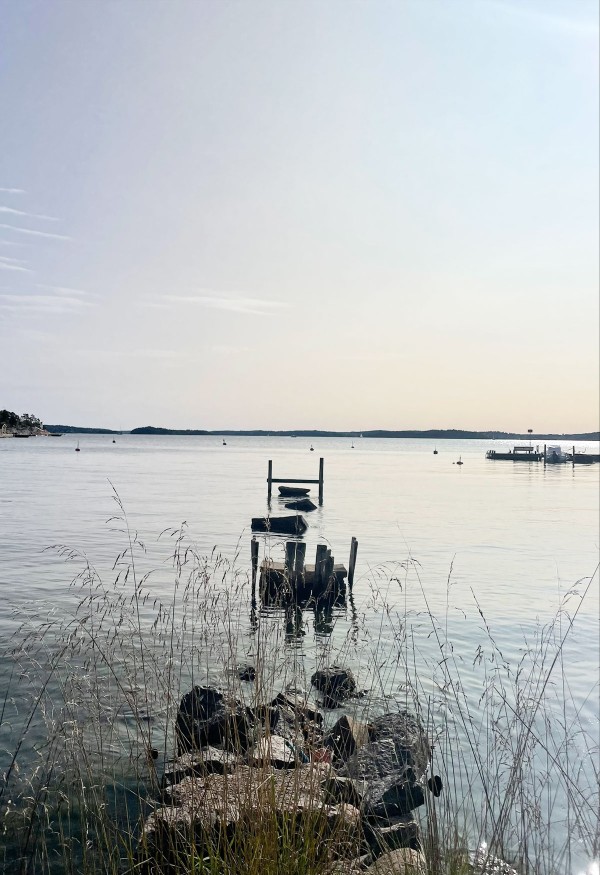
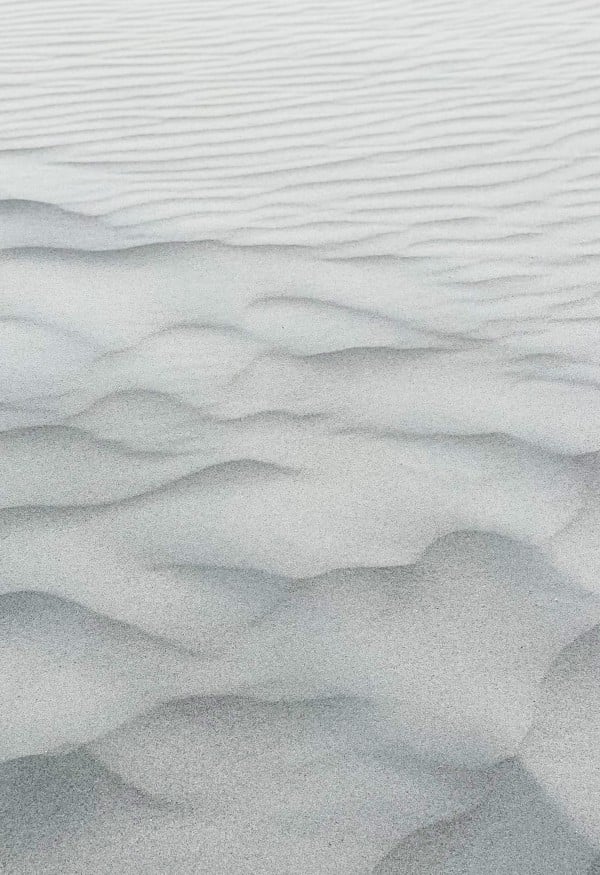
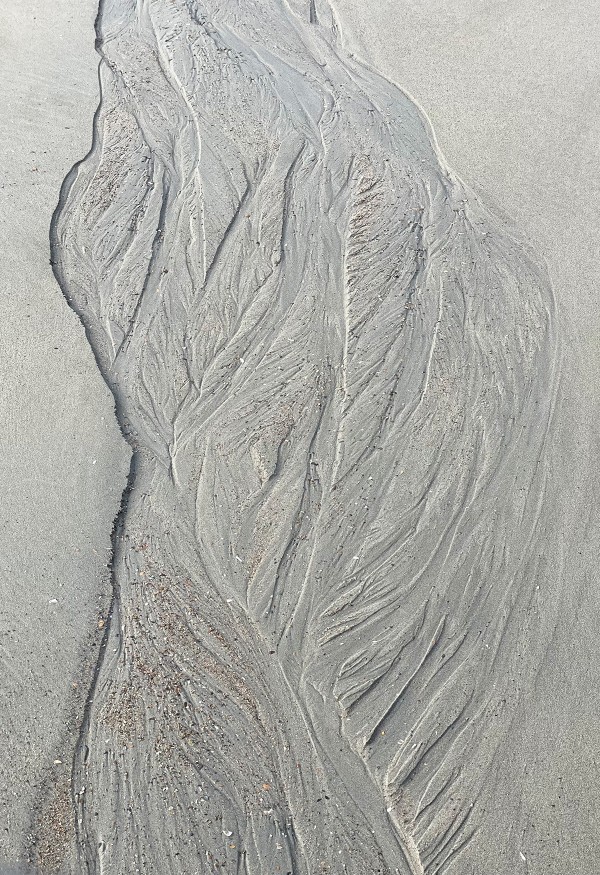
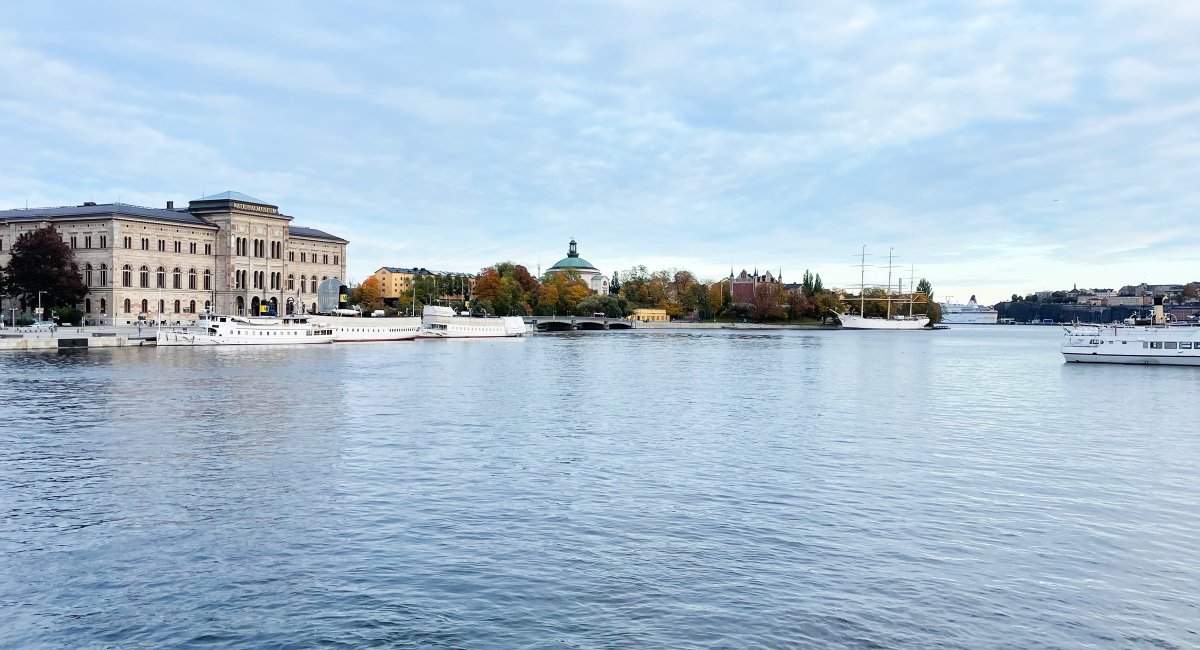
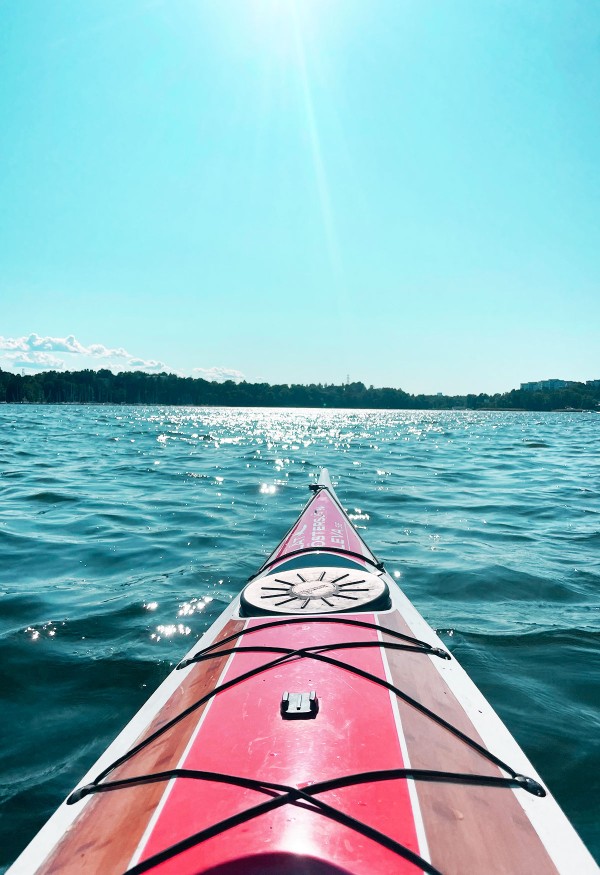
“As the name implies, tides, waves, and movements of the ocean are the inspiration behind this design. My home is near the water, so the ocean is something I see every day. Stockholm is actually situated on islands with boats that run between many of them. Really, I have always lived near the water and love to be in/near it, where I can go swimming and kayaking.”
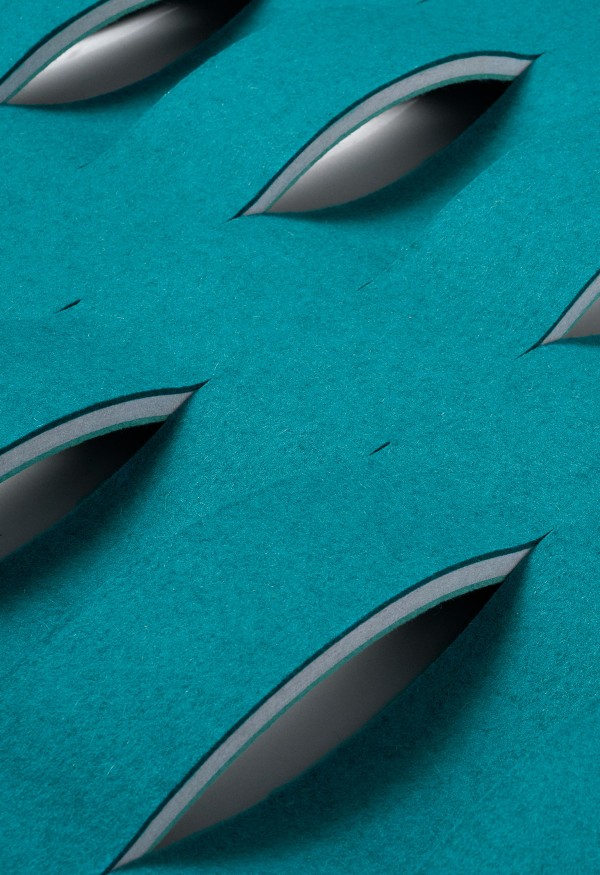
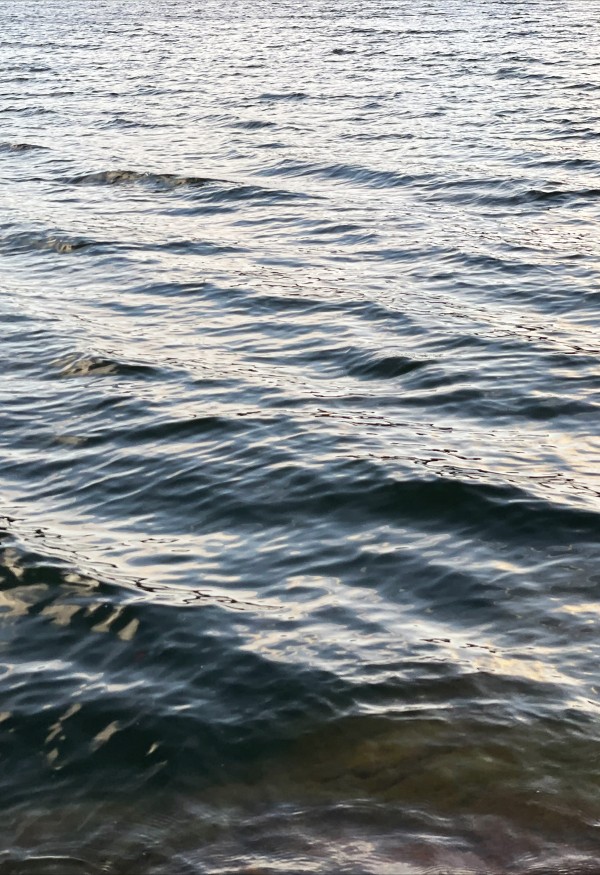
Your designs and work, in general, are always so playful and whimsical! Tell us a little more about how you developed your aesthetic and the evolution of your style.
I think as a designer, the development of my aesthetic dates back to my childhood. So much of what I have experienced in my life has impacted my style. It is also deeply associated with my work and interests. I have, for example, always been drawn to nature (walking in the forest, kayaking, sailing, skiing). Immersing myself in nature has continuously impacted my work.
I am also interested in construction, art, and architecture. Some favorites in Stockholm are Museum Millesgården, (atelier, residential houses, and sculpture garden) designed by architect Carl M Bengtsson together with artist Carl Milles in 1908, Stockholm Nationalmuseum (1866) after the renovation by Wingårdh architects (2018), BIG’s (Bjarke Ingels Group)residential building 79& Park at Gärdet (2018). Markus Church by Sigurd Lewerentz at Björkhagen (1960).
I am also fascinated by facades, for example, see images: Façade detail of Filmhuset (by Peter Celsing), façade of the car park Parkaden by Hans Asplund. (Both from the 60ies). And of course, when travelling, Frank Gehry’s Guggenheim Bilbao, for example. (below)
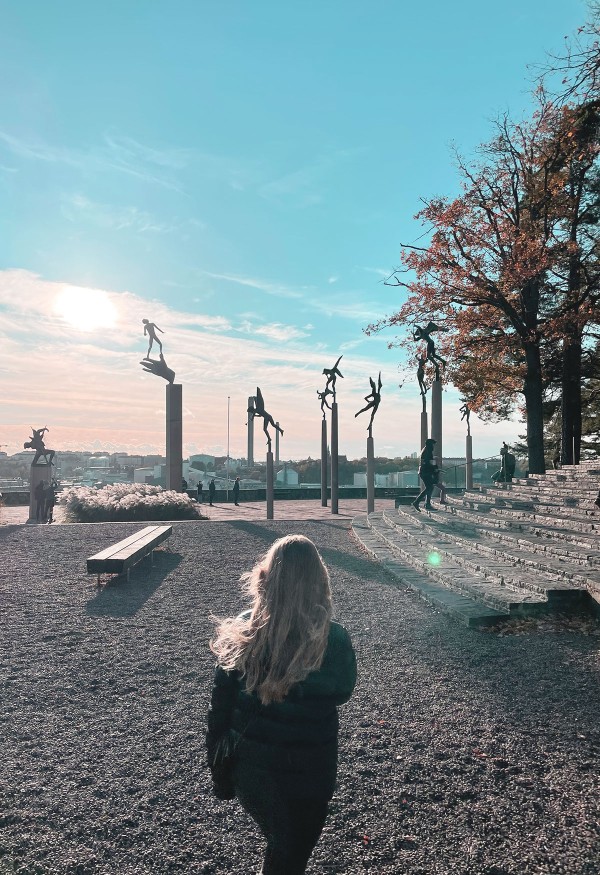
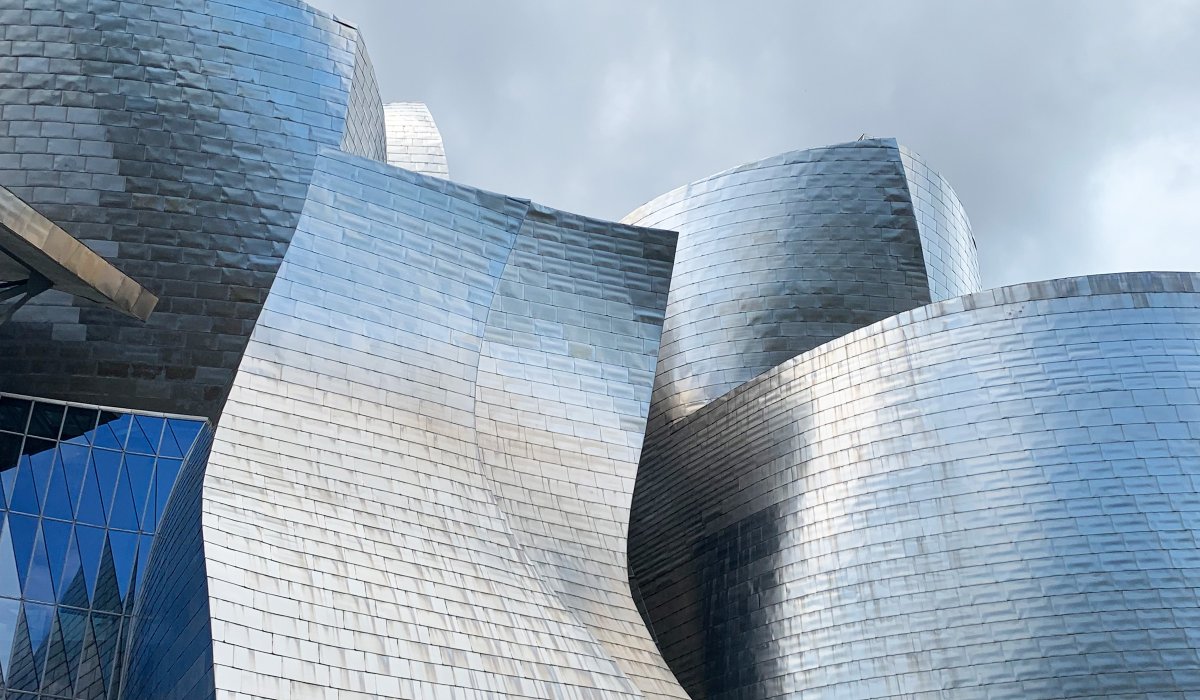
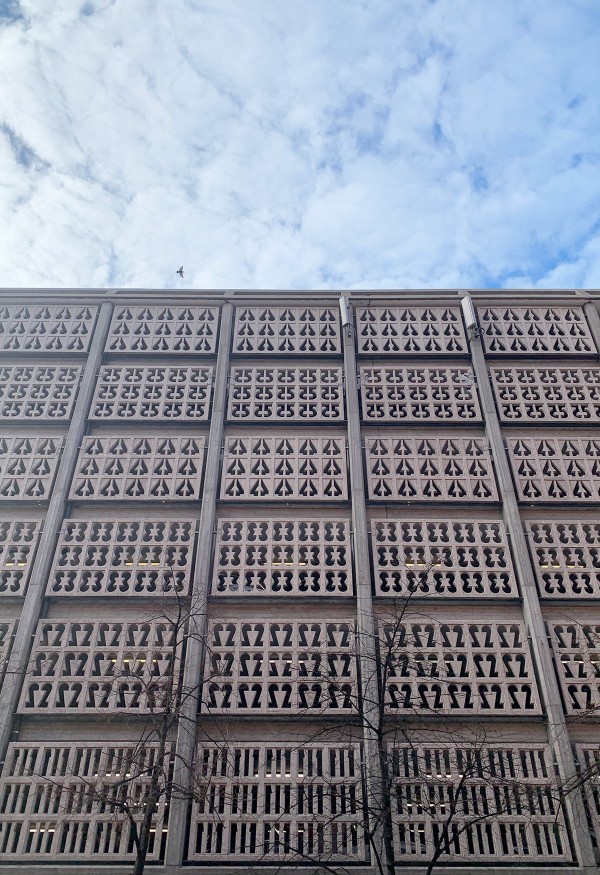
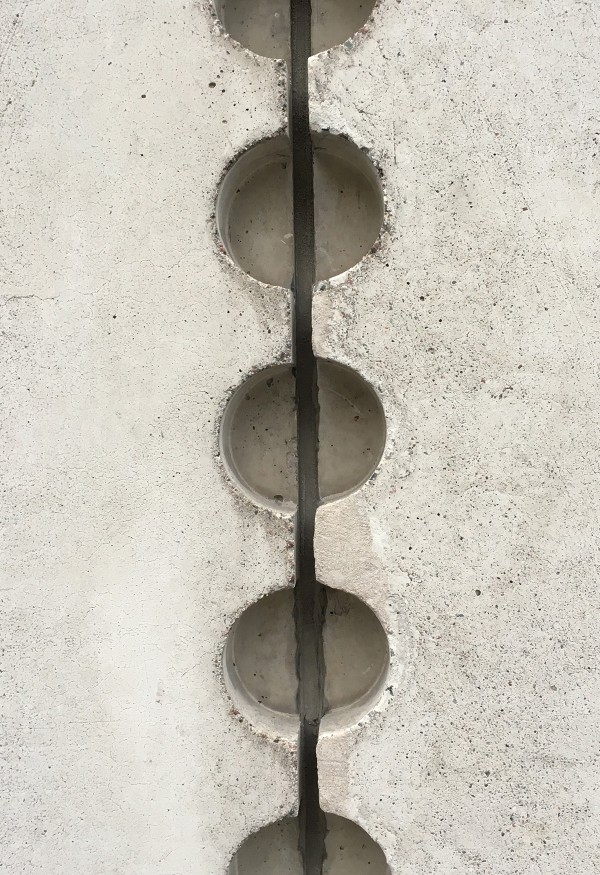
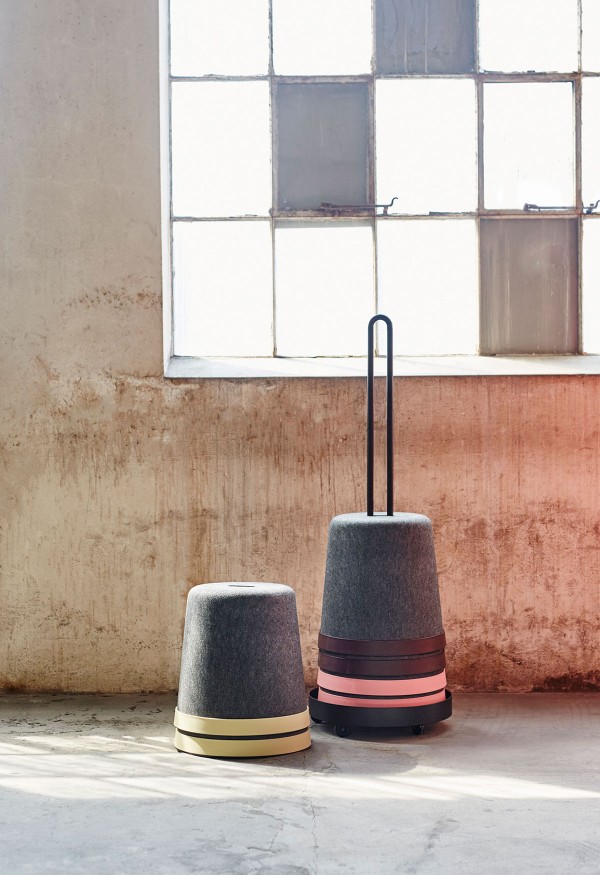
What feelings do you want your products (and Current and Tide specifically) to bring to a space?
It depends on the context, but in general, I want the user to see my work as thoughtful, engaging, and designed with care. The design for Tide and Current, for example, has flexibility regarding installation (it can be mounted vertically and horizontally), so I hope designers will feel free to be creative with it.
With your Tuck and Turn wall tiles, the folding of the felt gives the design depth and dimension. With Current adn Tide, you explore heat-forming to create the undulating design. Have you used heat-forming in previous projects?
Cap, (left) the stackable stool my colleague Axel Bjurström and I designed for the Swedish company Materia, uses heat-forming technology, so I was familiar with the process from developing that design a few years ago.
What were the pros of using heat-forming technology? Were there any limitations?
The most significant advantage to using heat-forming is that nothing needs to be added to panels to create shape - the material can stand on its own, so the panels are quite light in weight and easy to hang. The forms created also add to the panels’ sound-absorbing abilities.
“The most significant advantage to using heat-forming is that nothing needs to be added to panels to create shape - the material can stand on its own, so the panels are quite light in weight and easy to hang.”
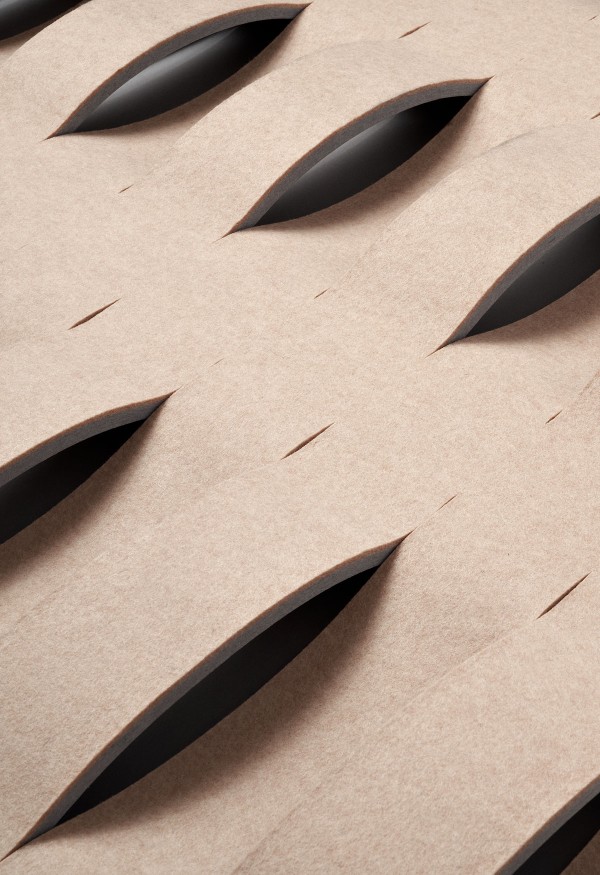
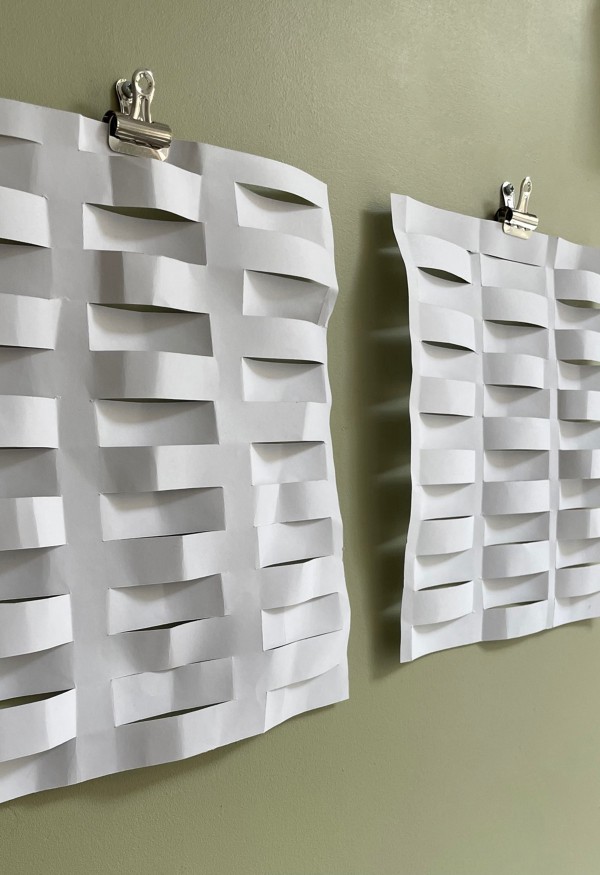
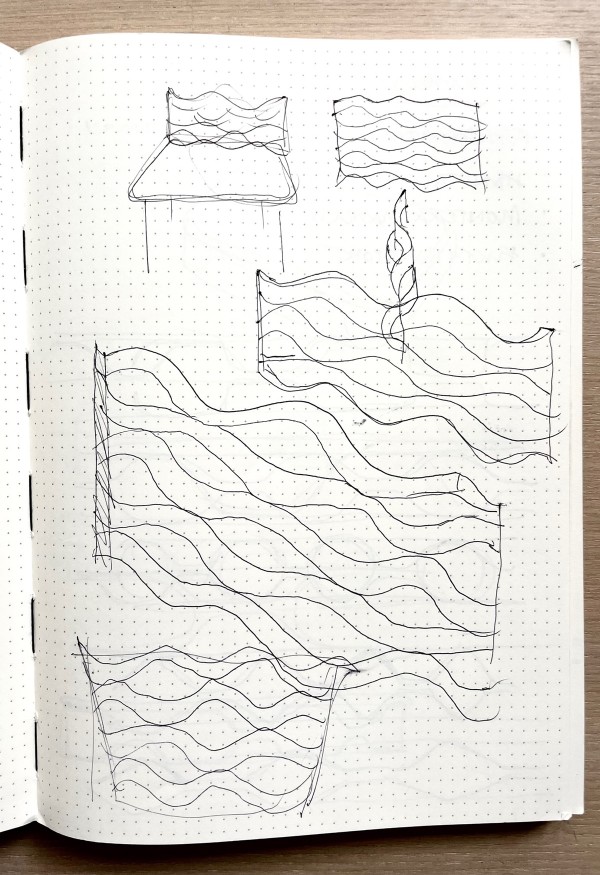
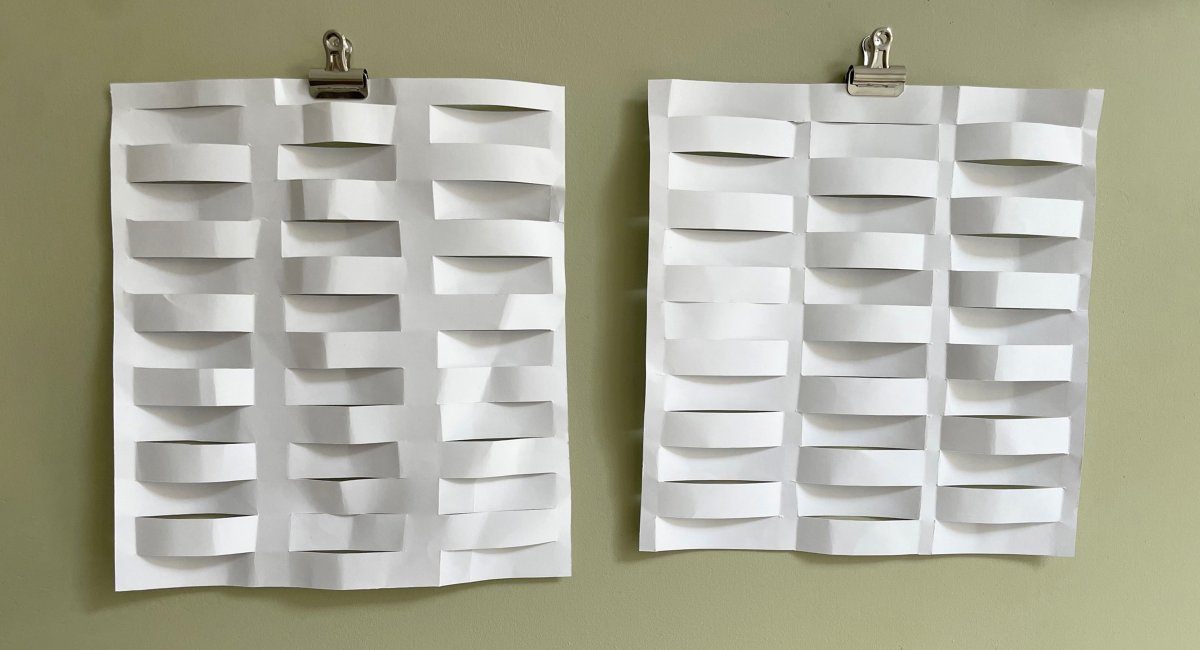
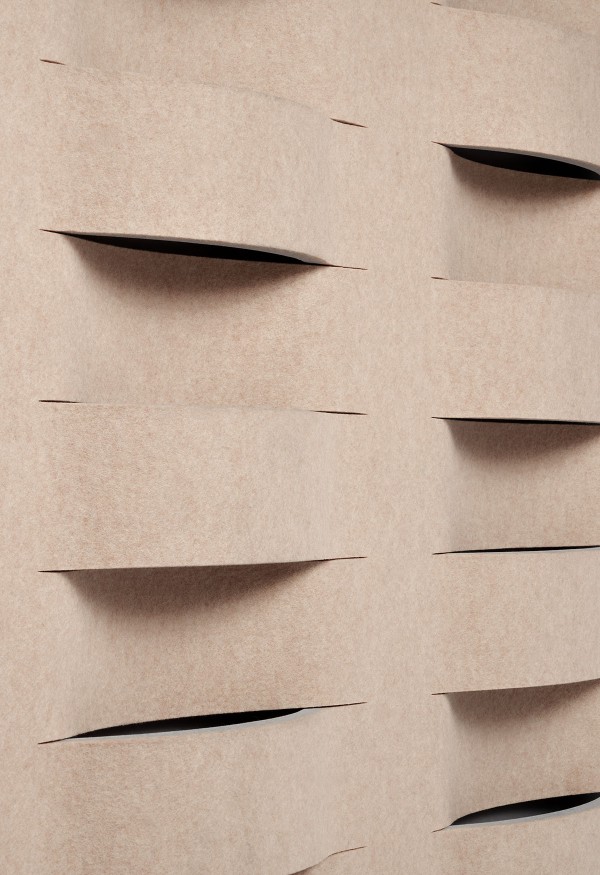
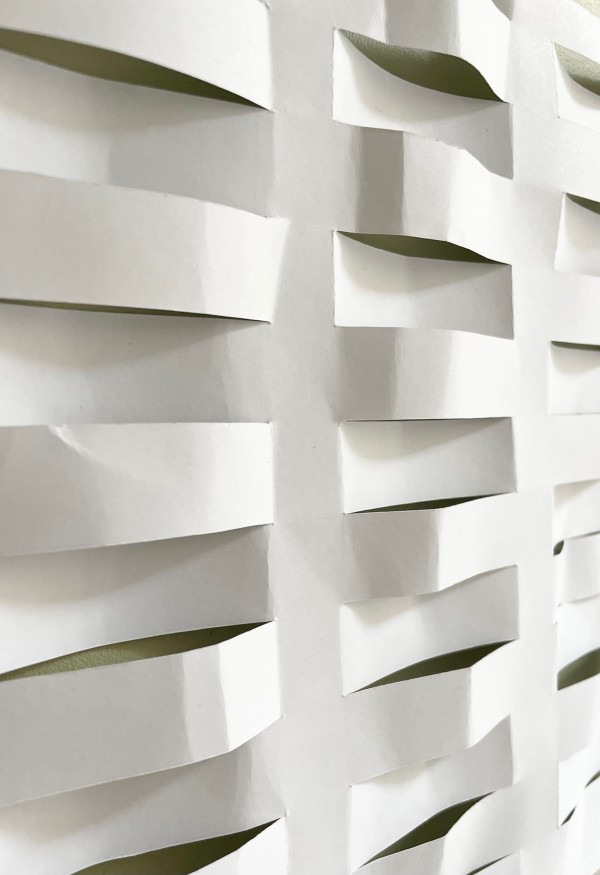
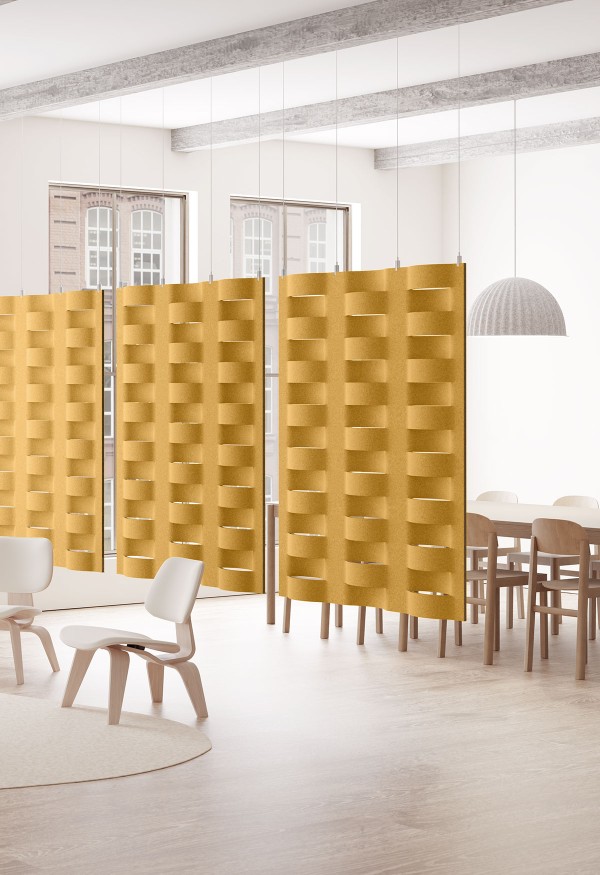
“I want the user to see my work as thoughtful, engaging, and designed with care. The design for Tide and Current, for example, has flexibility regarding installation (it can be mounted vertically and horizontally), so I hope designers will feel free to be creative with it.”
What makes felt a good material for this new application?
The core of these panels is a substrate (covered with wool felt). The substrate contains fibers that melt when heated which makes it possible to shape when heat is applied. Felt is also easy to shape since the fibers are matted and don’t run in any one direction. And, of course, together, these materials work perfectly for absorbing sound.
It’s been over a year since we launched Tuck and Turn! What other projects have you been up to since we last saw you?
This past year, I have been working on a “planting table” in metal. Thought for both in and outdoors. A pouf in steam-bent wood for Gemla, Sweden´s oldest furniture company from 1861 and also an easy chair with a back in braided hemp (These are three different products for three different companies). I’m also launching a collection of furniture in cross-laminated wood, a collaboration with my colleague Anki Gneib.
Have you worked with any other natural materials recently that you’re excited about?
I have recently started to develop a product that contains bamboo and rice paper—two beautiful natural and lightweight materials. This project is very new, so I haven’t been able to look at the prototypes quite yet. The advantages, though, are that both are natural fibers, are lightweight, and inexpensive. Both are considered sustainable as they are biodegradable, and bamboo is a fast-growing plant.
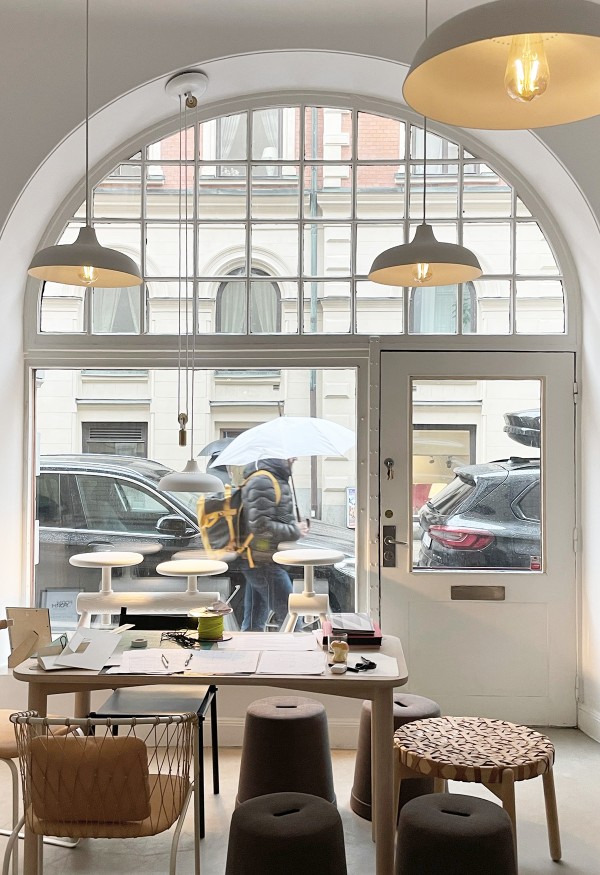
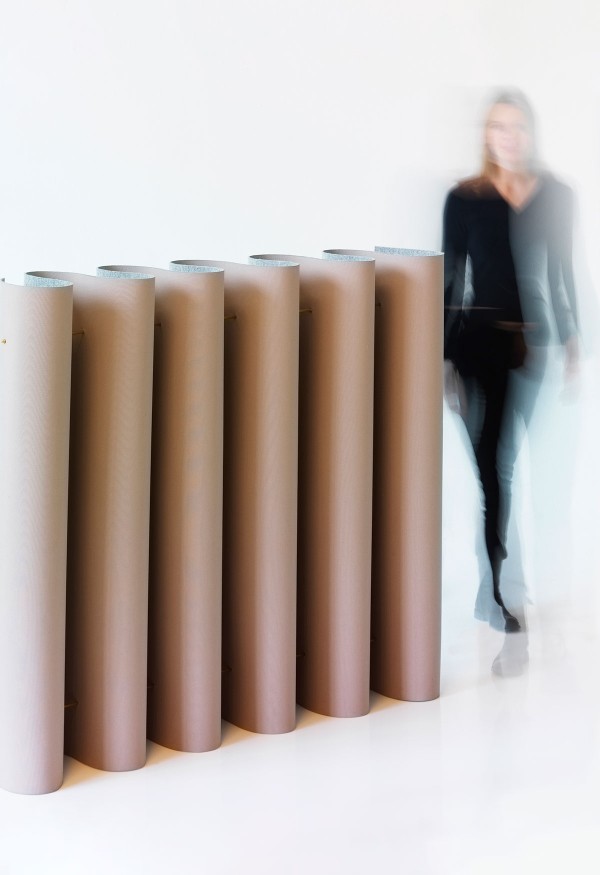
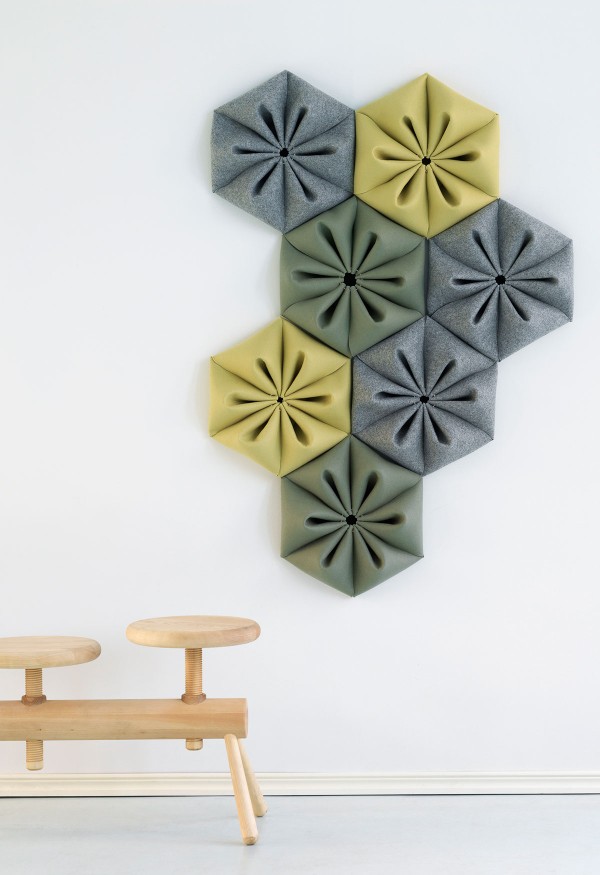
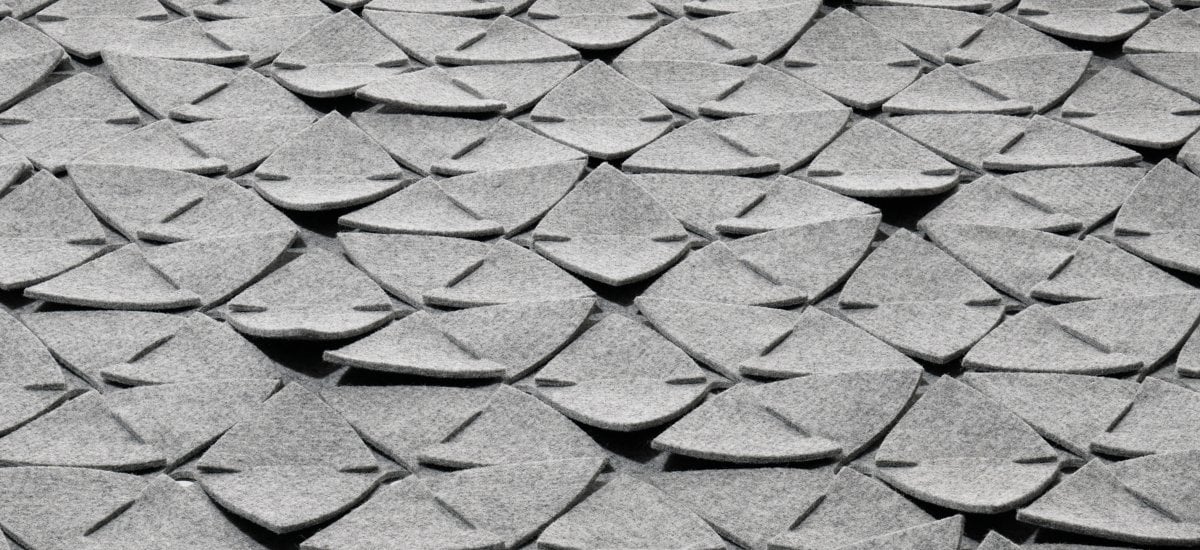
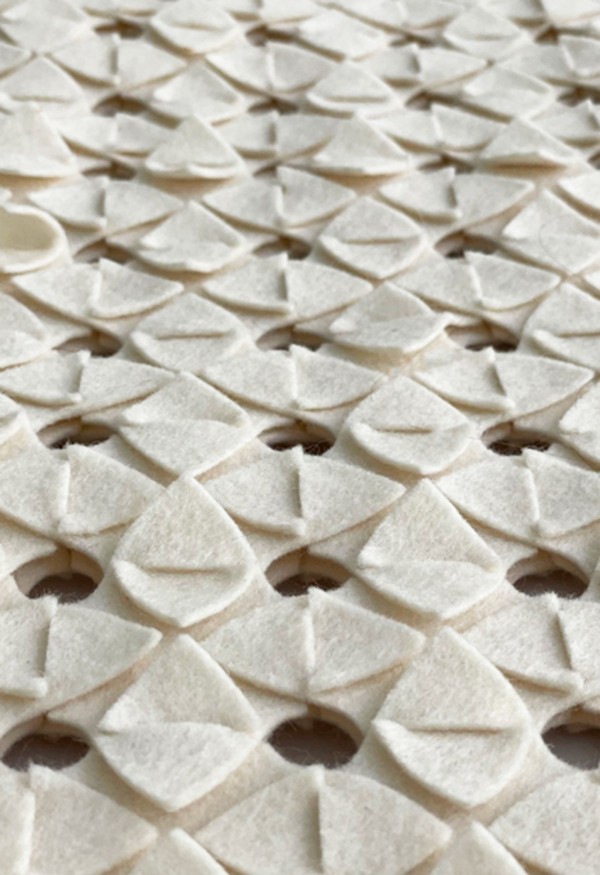
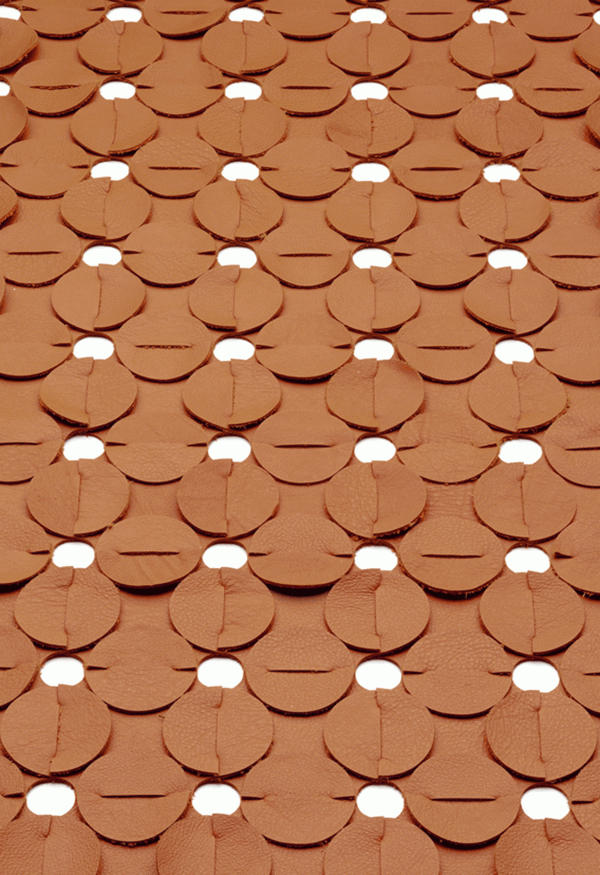
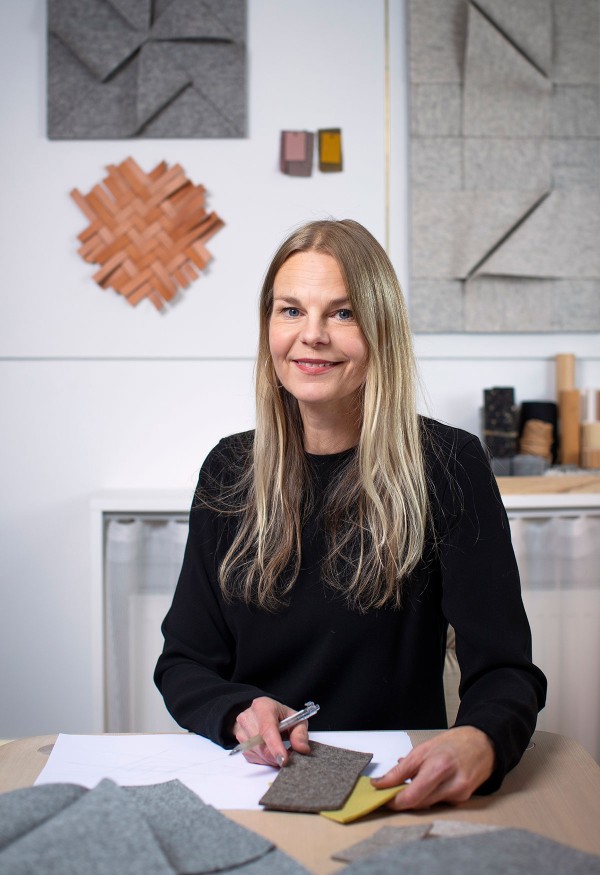
About Mia Cullin
Mia Cullen is an accomplished interior, furniture, and product designer based in Stockholm, Sweden. With a deep interest in traditional craftsmanship, Mia’s work often combines simple shapes and geometries with distinct and hand-crafted details and shows an honesty and truthfulness that expresses her roots in a Nordic design.